Studies show that once the customer visits your dealership website, they're typically much lower in the shopping/purchase funnel. Visiting over 18 points of research, it's easy to believe the shopper has all the information needed about the particular vehicle they're considering. If you write great sellers notes and capture all the right photos, you're able to showcase the features and options included on each piece of inventory. However, it's near impossible to showcase ALL the data - especially when it comes to all the technology newer cars posses. There's also data points such as exterior and interior dimensions, actual cost of ownership, etc. But how important is it to have all this data house on your dealership website, especially right on the VDP versus a make model landing page.
There are a few services out there that provide vehicle data and content that plug right into your dealership website.
One of the longtime suppliers of this type of service is PureCars. I was a huge advocate of this service back in the day. Their "value reports" provides a tool for not only your dealership website but it was also a solid showroom tool.
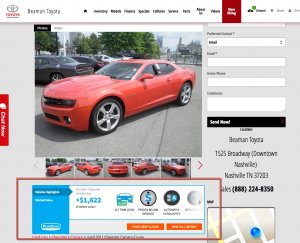
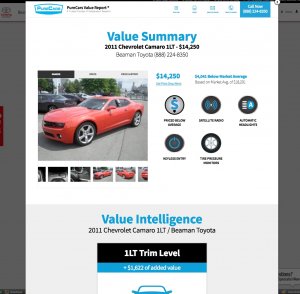
Edmunds has a newer feature that provides the shopper with information like cost of ownership, dimensions and dials in on the all the different options included on that vehicle.

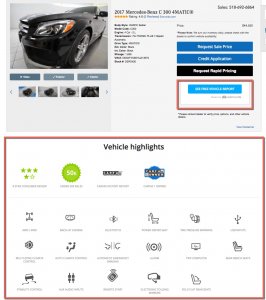
Kelly Blue Book offers their Price Advisor Report - this doesn't get into the options as it's more of a Price Analysis.

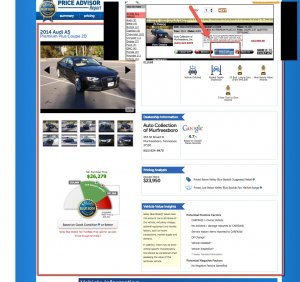
Here's one that's been around for a LONG time - AdvantaSTAR. It's more specific to new vehicles but I believe they have a used vehicle feature as well. Anyone still using this?
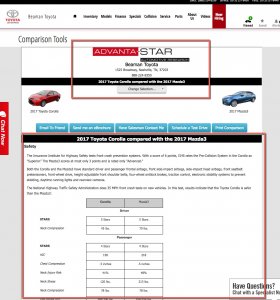
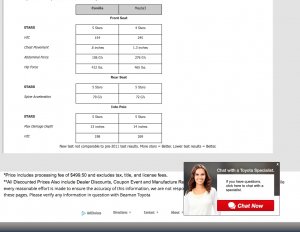
Are you hosting any of these services on your dealership website and if so, are they bringing enough value. What type of increased performance are you seeing and how are your tracking it?
There are a few services out there that provide vehicle data and content that plug right into your dealership website.
One of the longtime suppliers of this type of service is PureCars. I was a huge advocate of this service back in the day. Their "value reports" provides a tool for not only your dealership website but it was also a solid showroom tool.


Edmunds has a newer feature that provides the shopper with information like cost of ownership, dimensions and dials in on the all the different options included on that vehicle.


Kelly Blue Book offers their Price Advisor Report - this doesn't get into the options as it's more of a Price Analysis.


Here's one that's been around for a LONG time - AdvantaSTAR. It's more specific to new vehicles but I believe they have a used vehicle feature as well. Anyone still using this?


Are you hosting any of these services on your dealership website and if so, are they bringing enough value. What type of increased performance are you seeing and how are your tracking it?
Last edited:







